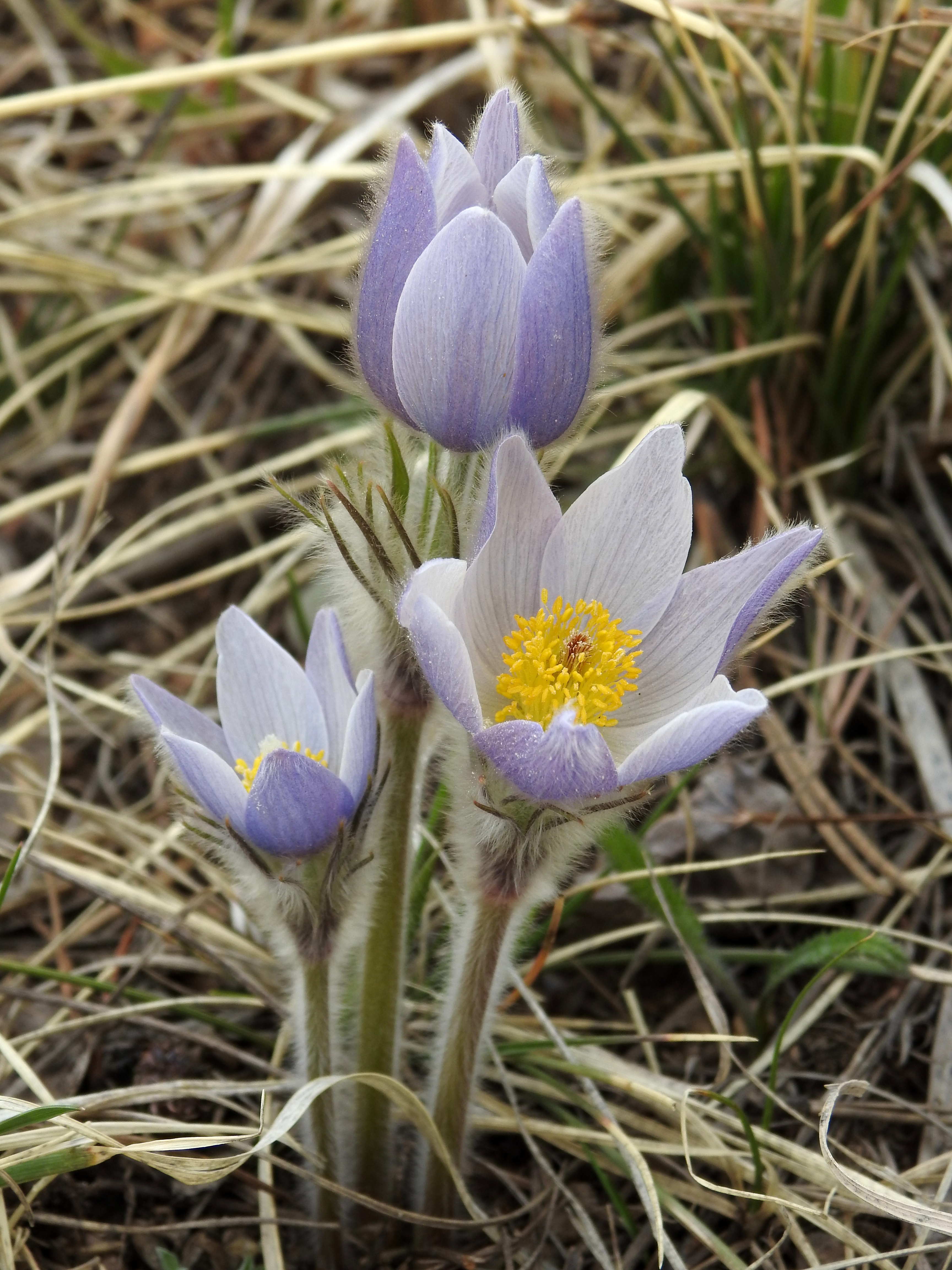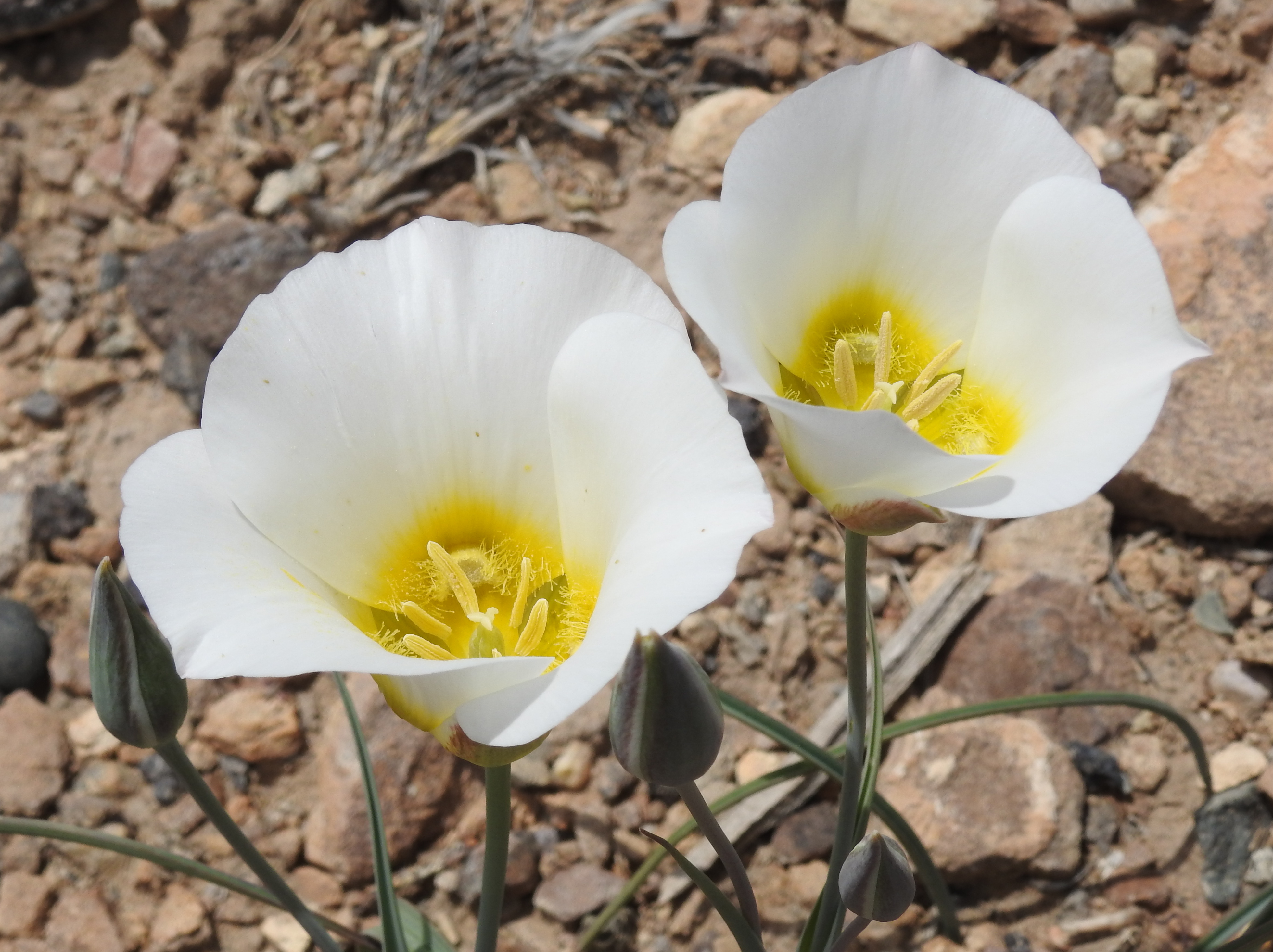I don’t normally issue two blog posts in rapid succession, but my draft post seemed too long, so I split it in two and sent out the first half (Texas Genera) yesterday, intending to have the second half go out a week from now. But WordPress, which has always handled picture captions inconsistently and unpredictably (perhaps schizophrenically is the word I really want), outdid itself this time by changing the caption font color to white in the e-mail, making it invisible in most cases. If you have your phone set to a dark background, everything will be fine, but otherwise, if you’d like to see the captions, click here to see the web version. It is possible the same thing will happen with this post (the WordPress preview function does not work reliably, so I will not know until it is issued), in which case you can try clicking here, and if that does not work, please cut and paste the path at the bottom of this e-mail into a browser.

Our two weeks in Colorado, covered by this blog post, could be briefly summarized as follows: great scenery and camping; a virtual absence of wildflowers in the prairies and at higher elevations in the mountains; and excellent botanizing in the foothills and mountains between 4200’ and 7000’, especially west of the Continental Divide. It is always tricky timing visits to the prairies (and the Great Basin); though these areas are of moderate elevation, they have hard winters, delaying flowering, and the window before the onset of the hot, dry summer is very narrow. The only place we had good luck in the prairies was on south-facing rock outcrops that probably heat up well in advance of their surroundings.

We exited Texas, cut across a small piece of Oklahoma, and arrived in far southeast Colorado on May 3. Here Cassin’s Sparrows were doing their beautiful skylarking display, in which they fly up well into the air and then sing, so that the song carries farther than it would from ground level. Quite a few birds of open country skylark; we once photographed a Sprague’s Pipit singing close to the limit of our naked eye vision, and from the image computed its height above the ground, which turned out to be a staggering 700 feet!

Moving northwest to Comanche National Grassland (where we saw fantastic dinosaur tracks in Picketwire Canyon in 2017), we did locate our first target genus, Oonopsis, but it did not even have buds yet, so we did not count it, as we could not have identified it without already knowing it was there. While in the area, we climbed up a butte, which rose about 75 feet above the surrounding lands, just to see what was up there, and found a marvelous view; Mountain Lion scat; and last year’s woody remains of Oenothera harringtonii, an evening primrose known from just nine counties in Colorado and nowhere else.

Although we knew it was a longshot, we detoured half a day west, across the Continental Divide to look for a new buttercup genus and for Gunnison Sage-Grouse. The latter, elevated to species status in the year 2000, is officially classified as Threatened but seems well on its way to extinction, with a declining population of around 3000 birds. There are seven populations in southwest Colorado and adjacent Utah (link), but four populations probably have well under one-hundred birds and two probably have but a few hundred; only the Gunnison Valley population seems potentially viable. We found the few places it possibly could be seen to be closed to protect the birds during their mating season. (The Waunita Hot Springs Road viewing site (link), open for about two weeks in April, is the best bet for this species.) It turned out that our buttercup was also located in one of these closed areas, so we struck out entirely on this foray. Camping around 8600 feet elevation for two nights was pretty frosty, though we did see some nice early-flowering plants such as Pasqueflower (Pulsatilla nuttalliana, a blue anemone) and the cute Snowball Cactus (Pediocactus simpsonii).

Our next three searches, still in the mountains, were failures: one due to a road closure; one probably too early in the season; and one for reasons unknown. This gave us a losing streak of six searches in a row, and we hoped that dropping down to the mid-elevations of the foothills near Denver would help. It did, as we found a carrot family member, Harbouria trachypleura, and the buttercup we had missed twice in the last week, Cyrtorhyncha ranunculina. The latter formed nice displays with saxifrage along wet cliffs above the Big Thompson River, west of Loveland. But we still had one last search to conduct in the prairies, and it will not surprise the reader that this was unsuccessful. However, Pawnee National Grassland is a favorite area of ours, and there we enjoyed large flocks of handsome Lark Buntings, as well as individual males that had started skylarking to advertise their territory to potential mates. We camped in Crow Valley Recreation Area to look for migrant birds, finding quite a few birds for the first time this year, including Cordilleran Flycatcher, Lincoln’s Sparrow, and Plumbeous Vireo.

But just like in our last visit to Pawnee, during 2017, we experienced genuinely frightening weather. In 2017 the winds were so high we considered lowering the camper roof (while we were in it), as we were concerned about being tipped over. This year, the wind was almost as bad, but in addition we had an inch or more of quarter-inch hail, and a lightning storm unlike any we had ever been in before. The storm started around 1:30 a.m. and lasted for perhaps 90 minutes. I estimated that for over 20 minutes the lightning flashed 4 times per second without ever stopping! (I am qualified to make such an estimate based on a graduate career doing spectroscopy with a pulsed laser run at 10 Hz.) That would be something like 5000 flashes in the 20-minute period! It was like a constant strobe effect. Some water made it into the camper, blown sideways with great force through various vents and seals, but we sustained no real damage.

With this dramatic parting gesture, we bid eastern (and southern) Colorado goodbye and headed for the northwest quadrant of the state. We spent a long day driving west on very scenic Rte. 14, going across the Continental Divide at Cameron Pass (10,249’) and then traversing remarkable North Park, where we saw by far our most southerly Moose ever. A “park” is a large, flat-bottomed, high-elevation valley/basin ringed on at least three sides by mountains, and usually supporting a rich grassland community. There are three major parks in Colorado and several smaller ones; we have not encountered similar features elsewhere in North America. At the end of the day, near the Colorado River, we found a new genus of mustard in a sagebrush area that must have been inundated with Elk over the winter, based on droppings.

Four days of outstanding sagebrush botanizing followed, some of it on adobe (clay) soils. The element selenium, in the sulfur column of the periodic table, can occur in significant concentrations in such areas, and some plants accumulate this element, which discourages animals from grazing on them (trace amounts of selenium are required for good health, but at higher concentrations, it can behave as a poison). We found six new genera and eight additional new species in the greater Rifle, Grand Junction, and Rangely areas. Highlights included singing Gray Vireo in pinyon-juniper habitat and flowering Townsendia incana, a tiny mounded aster family member.

Most of the wildflowers were at elevations from 4800’ to 6200’, but perhaps our most exciting find was at nearly 7000’. We located Sullivantia hapemanii, a saxifrage family member, in beautiful Rifle Mountain Park, a noted rock-climbing area. This narrow, steep-walled, limestone canyon has a winding dirt road in the bottom and a few campsites. Sullivantia grows in moss and moist rock clefts, and we eventually detected it, using binoculars, on a large boulder being drenched by frigid spray from the cliff face, at the mouth of an ice cave. The season’s new leaves were less than a quarter inch across, about one-third their ultimate size. Fortunately, by painstakingly sorting through the matted plant remains of the previous year, we were able to find inflorescences (flowering stalks), helping to clinch the identification.

As a bonus, while camped in Rifle Gap State Park, we were able to sneak in a paddle on the reservoir, the first time we have been out in our canoe since September. The four-mile paddle was breezier than forecast, but we did fine, and my shoulder was no worse than usual afterwards, which was quite a relief. We saw several migrant Common Loons on the water, enjoyed the nice surrounding scenery, and had a pair of exquisite Mountain Bluebirds in our campsite.

A bit north of Rangely, near the Utah border, we found a lovely small canyon in which to dry-camp, with a fairly good signal when we used our cell booster. It was so pleasant that we stayed three days to catch up on a number of tasks, such as sorting, modifying, and captioning photos; writing this and the previous blog posts; and catching up on our preparatory studying for Borneo. By virtue of having six successful genus searches in a row, we’ve gotten significantly ahead of schedule for the first time this year. So we have some schedule flexibility in Utah, which we should reach on May 18. Due to weather and COVID, we missed visiting a number of places when last in the state, in 2020, and now we have a welcome chance to rectify that situation! I’ll report how that goes in the next blog post.

Wow, I had no idea such lightening storms were possible. Very scary for you! Also, in addition to the usual very interesting descriptions, I enjoyed seeing the pic of your camper.
See you soon in KL!
Rhys
LikeLike
Very nice report! it looks like you were in my backyard when you were between North Park and the Pawnee Grasslands. I am both a naturalist and truck camper aficionado also. Let me know if you are in the area again and I can give you some places to see. I am an avid trail cammer and noted you mentioned mountain lion scrape activity. I target such for my trail cams such as this clip: https://vimeo.com/490324107?share=copy
Thanks – Dave
LikeLike